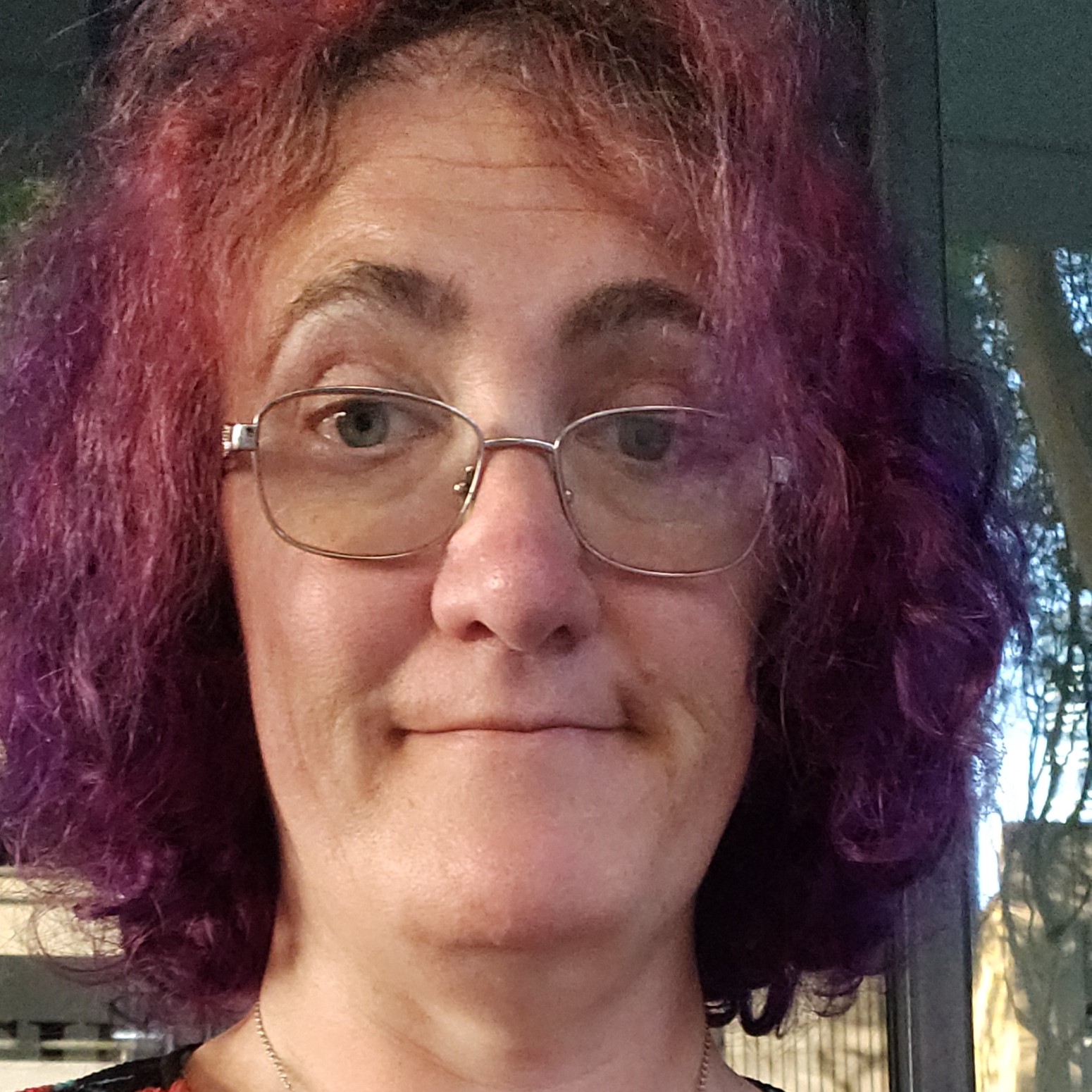You might have observed from previous experiences that many questions in single choice question papers follow some sort of a pattern that unintentionally help make the correct options predictable or at least help with cutting down on the incorrect ones.
Some of the commonly known ones are:
- Same option number shouldn’t be selected for multiple consecutive questions
- Options like ‘All of these’ and ‘None of these’ are mostly incorrect (though ‘All of these’ is relatively more used)
- The lengthier and more comprehensive option is usually the correct
- If all other options are proven incorrect then the leftover one has to be correct
- If the same option is shared between multiple questions, all of them shouldn’t be correct simultaneously
Are there any other patterns you observed?
You must log in or register to comment.
A loosely moderated place to ask open-ended questions
If your post meets the following criteria, it’s welcome here!
- Open-ended question
- Not offensive: at this point, we do not have the bandwidth to moderate overtly political discussions. Assume best intent and be excellent to each other.
- Not regarding using or support for Lemmy: context, see the list of support communities and tools for finding communities below
- Not ad nauseam inducing: please make sure it is a question that would be new to most members
- An actual topic of discussion
Looking for support?
Looking for a community?
- Lemmyverse: community search
- sub.rehab: maps old subreddits to fediverse options, marks official as such
- !lemmy411@lemmy.ca: a community for finding communities
Icon by @Double_A@discuss.tchncs.de
- 0 users online
- 228 users / day
- 943 users / week
- 2.44K users / month
- 5.59K users / 6 months
- 1 subscriber
- 3.07K Posts
- 119K Comments
- Modlog





I don’t tend to use #1 as I suspect that heuristic isn’t (usually) true, although it depends on the test writer. A multiple choice test with 4 answers for each question and randomly distributed answers only has a 25% chance of the same answer twice in a row and a 6.25% chance of three in a row. This can lead you to see a pattern that isn’t there. Granted, if you have no idea what the answer is, it’s reasonable to fall back on #1 and not pick the same answer as the previous. But if you have any inkinling that an answer is more likely to be correct, I’d pick that one regardless of whether the prior or next answer was in the same position.
My general process is elimination. Look at the answers and eliminate the ones you know are not correct. Then tentatively eliminate the ones you suspect are wrong. Now you have a remaining set of possible answers. Of course, if there is only one, pick that. if the remaining answers seem they could be true, pick all of the above or “X and Y” as appropriate unless the answers are contradictory. If there is contradiction, use your best guess to pick a non-contradictory answer.
That’s about it for my process.
To clarify, I am not advocating that the above points are applicable in every case. These are ultimately observations just like weather forecasts and one must exercise their own common sense to determine if it is even worth approximating the correct option like this. What I tried to accomplish here was just a thought experiment and maybe a way to guide someone to the correct solution if a question did not make sense to them at all.